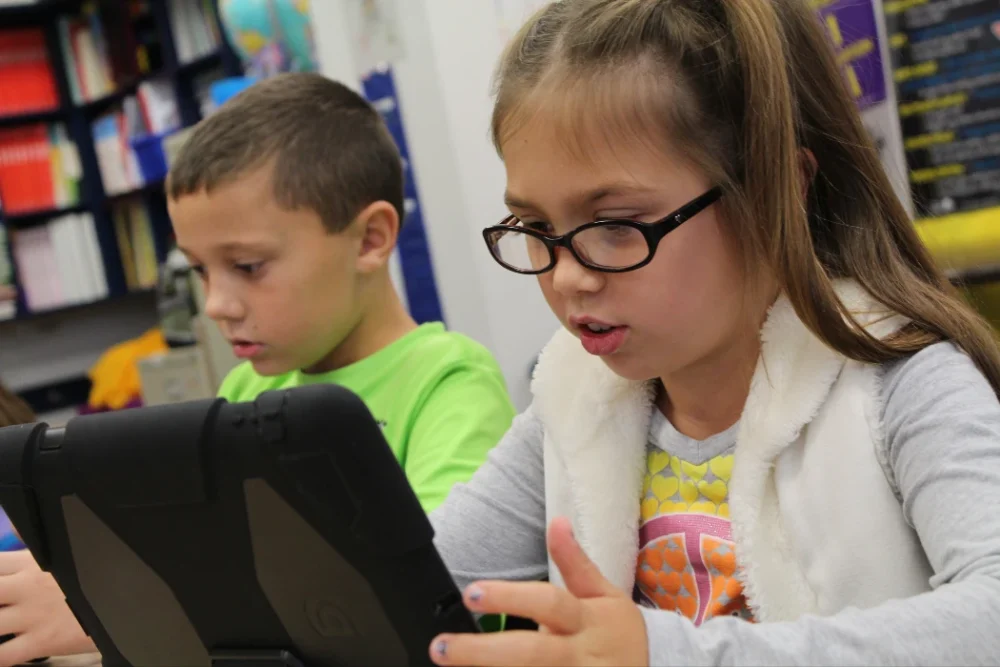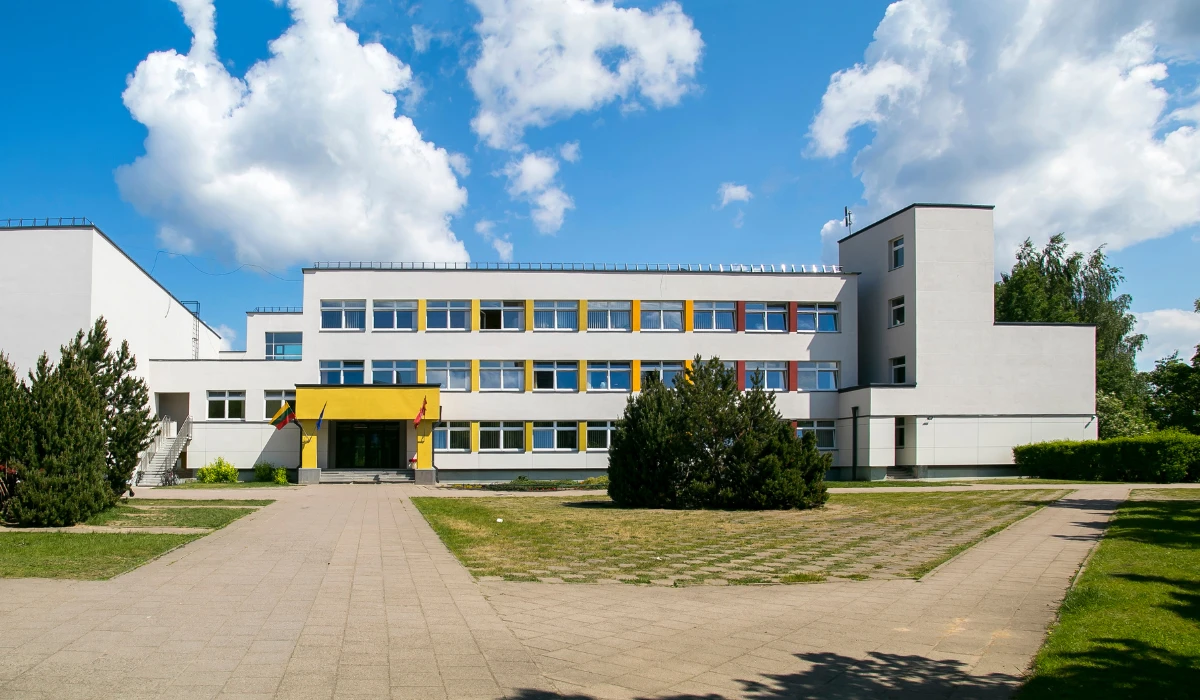As schools across the United States continue to prioritize technology in the classroom, a new challenge looms on the horizon: rising costs due to recently implemented tariffs. These tariffs, enacted by President Trump, are poised to significantly increase the prices of essential technology like Chromebooks, iPads, and other electronic devices used by students and teachers.
The tariffs, aimed at imported goods from nearly all U.S. trading partners, include steep taxes on electronics and their components. The tariffs are not country-specific but vary in intensity based on the trading partner. For instance, China faces a 34% tariff on imported goods, the European Union sees a 20% tariff on similar products, and Vietnam faces the highest rate at 46%.
According to the Consumer Technology Association (CTA), these tariffs could result in a 46% to 68% price increase for laptops and tablets. This is particularly concerning for school districts that rely heavily on budget-friendly Chromebooks and iPads for digital learning.
Many schools have invested in technology to facilitate digital literacy, online testing, and remote learning. However, with technology prices projected to increase substantially, some districts are bracing for financial strain.
Jessica Mendoza, a school technology coordinator in Texas, expressed her concerns: “Our technology budget has always been tight, but a sudden 15% increase in Chromebook prices could mean cutting back on other crucial resources. We’re exploring early bulk purchasing as a short-term solution.”
Districts that planned to refresh their technology inventory next year are now facing the dilemma of either purchasing sooner than anticipated or risking higher costs. In some cases, the increase might force schools to opt for lower-quality devices, reducing the overall effectiveness of their digital learning initiatives.
Some proactive districts are already seeking solutions to avoid the impending price hikes. These strategies include:
- Early Purchasing: Schools are placing bulk orders ahead of schedule to lock in current prices.
- Alternative Suppliers: Some districts are sourcing devices from countries not affected by the highest tariffs.
- Leasing Programs: To mitigate upfront costs, some schools are considering leasing devices rather than purchasing them outright.
- Community Partnerships: In areas where families may need to supplement device costs, districts are partnering with local businesses to secure donations or grants.
However, not all schools have the flexibility or resources to make these adjustments. Those in underfunded areas may have to make difficult choices between maintaining technology access and funding other essential programs.
The tariffs don’t just affect complete devices, they also impact components. Replacement parts for broken Chromebooks and iPads are already becoming more expensive, putting additional pressure on maintenance budgets. As Jeff Hudson, a procurement specialist for a California school district, noted: “We’re seeing costs go up not just on the devices themselves but also on batteries, screens, and other parts. It’s like a domino effect, higher costs across the board.”
Market uncertainty is also making it harder for school districts to plan. Distributors are raising prices in anticipation of continued economic turbulence, leaving some educators feeling caught in a financial storm.
Many educators fear that reduced access to technology will disproportionately impact low-income students who rely on school-provided devices. Linda Cooper, a middle school teacher in New York, shared her frustration: “Technology is no longer a luxury; it’s a necessity. If our district can’t afford enough devices, it’s the students who will suffer. It’s disheartening.”
In the longer term, these tariffs may force a change in global manufacturing practices. Some companies are already exploring shifting production to countries with lower tariffs. However, this transition takes time, and American schools may face elevated prices in the meantime.
If the tariffs persist, there may be a push for schools to secure state or federal funding to offset the increased technology costs. Until then, educators and administrators are left navigating an unpredictable financial landscape, making it clear that these tariffs could significantly reshape technology accessibility in education.





